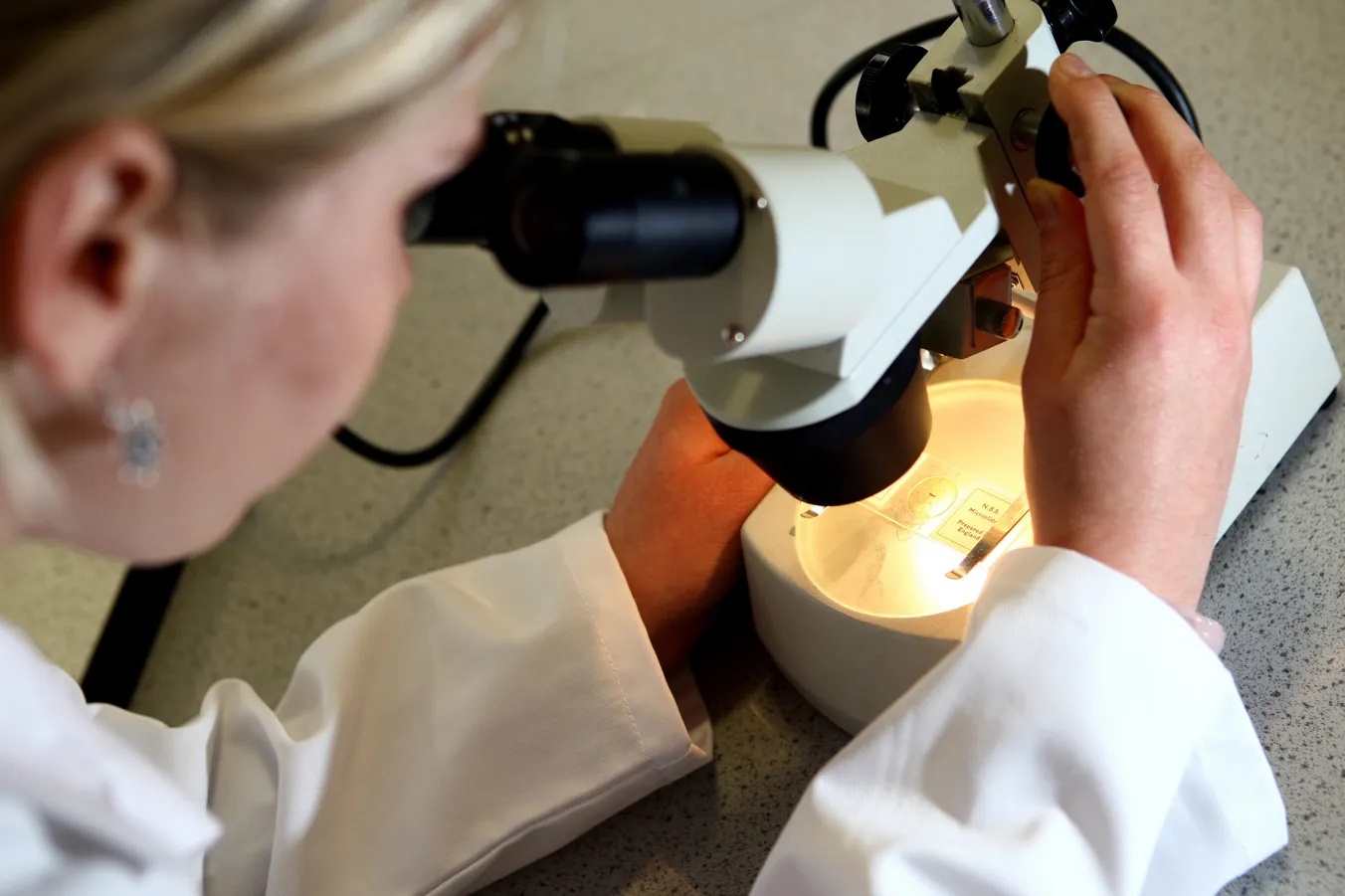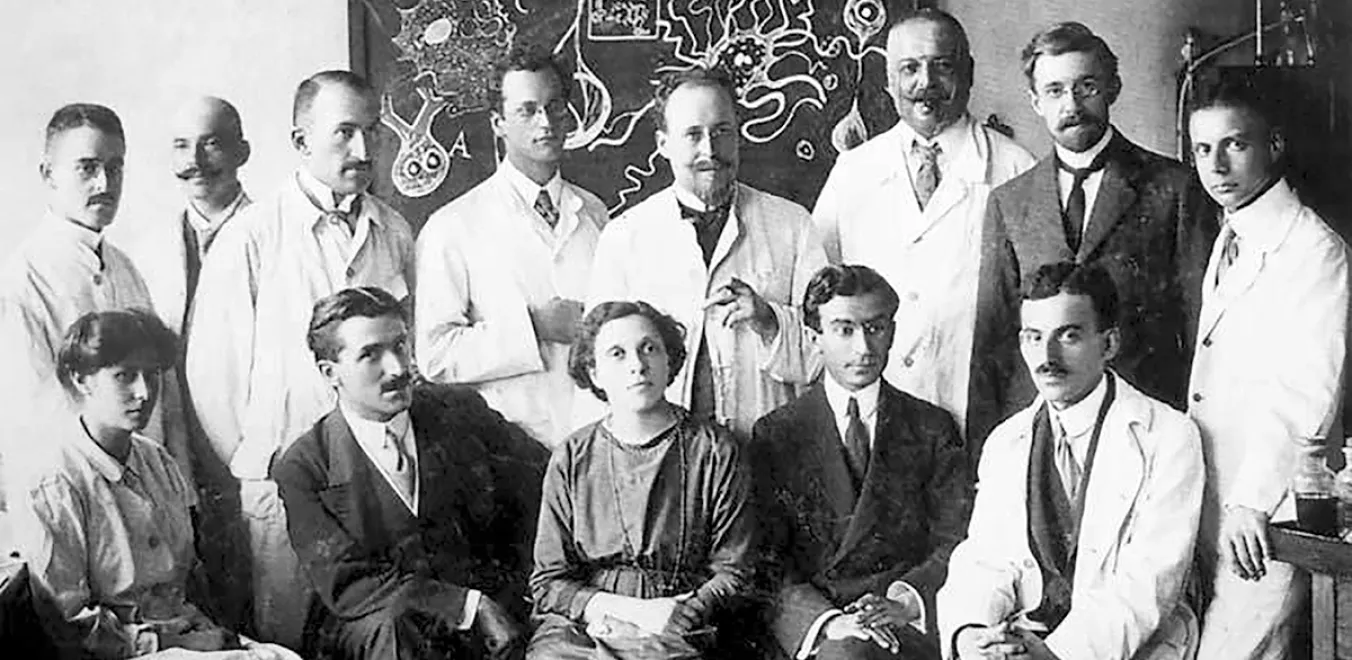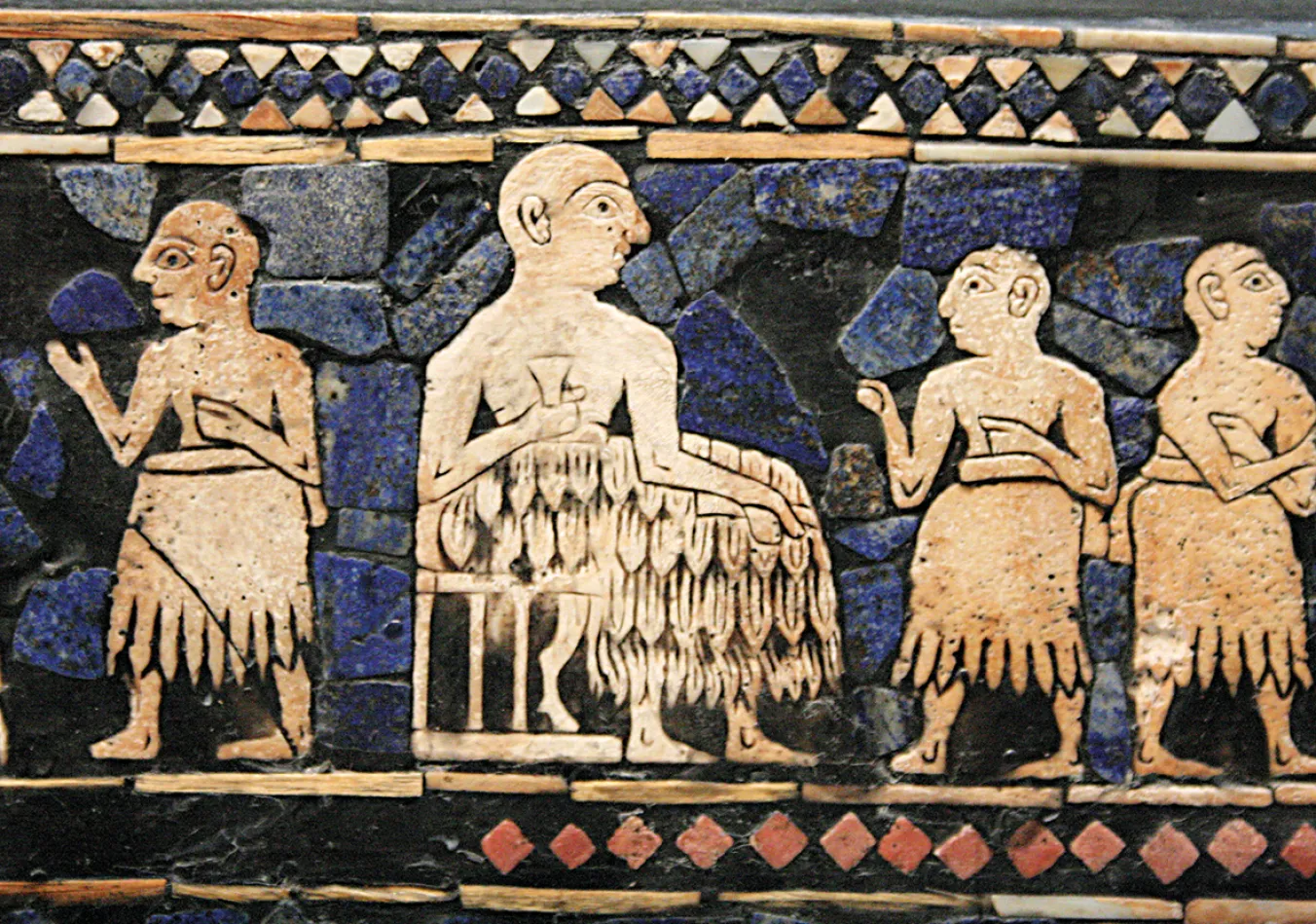
LAST WEEK, researchers announced that a small plant found on the Pacific island of New Caledonia has the largest genome ever known to science.
DNA comes in base pairs: each of the four possible bases (denoted by the letters A, T, C, G) is matched by a counterpart on the other strand of DNA in the double helix. Our human genome has around 3 billion base pairs. This little fern with the scientific name Tmesipteris oblanceolata has over 160bn.
As yet, scientists don’t have the sequence of the entire genome. But they don’t need to know that to prove that its size is record-breaking. To measure the genome size they dyed the cell nuclei — where the fern’s genome is stored — and compared how much dye there was to the previous record holder, a sub-alpine Japanese plant called Paris japonica with delicate white flowers. Two different methods gave a very similar result, showing that the fern had a substantially bigger genome.
Both animals and plants are within a larger grouping of life called eukaryotes. The previous record holder for a eukaryote genome before Paris japonica was a fish called the marbled lungfish. The fish can grow up to 2 metres long, but its genome is the real whopper, weighing in at 133bn base pairs. Both have now been bested by the fern.
It’s unclear why organisms show such a massive variation in genome size. It remains a scientific enigma — some scientists go as far as calling it a paradox. Naively, scientists once believed that the bigger the genome the more complex the organism. But accepting that humans are less complicated than a fern or a lungfish isn’t simply a bitter pill to swallow — it seems very wrong.
Part of the answer is that most of the DNA in eukaryote genomes does not encode genes. In the human genome, only about 1 per cent of our genome is in genes which encode proteins. So what does the other 99 per cent of the genome do?
It was once dismissed by some scientists as “junk,” but it’s now well-established that it can also play important roles in regulating how genes are turned on or off.
It seems very unlikely that the huge non-coding DNA parts of these mega genomes could all be essential to the organism. Bits of DNA that serve only to replicate themselves can proliferate in the genome, copying themselves many times over like a computer virus or a cancer.
As long as they don’t undermine the organism’s ability to survive, the total genome size can just keep growing. Even though non-coding DNA can have useful functions, that doesn’t mean it always does: a large part of these massive genomes is repeated DNA, the same sequence multiplied again and again, creating a bulk of “junk.”
There are likely good reasons why most organisms don’t have these kind of huge genomes. One of the study’s co-authors, Ilia Leitch, told Nature that the large size of the genome probably dilutes the useful parts — its genes — even more, raising the question of how the cell even manages to access them: “It’s like trying to find a few books with the instructions for how to survive in a library of millions of books — it’s just ridiculous.”
Analogies from our world into the world of the cell can be misleading. But it’s true that every time the organism copies a cell it needs to replicate the genome in full. Lugging around and copying all that pointless extra material has some negative effects.

















